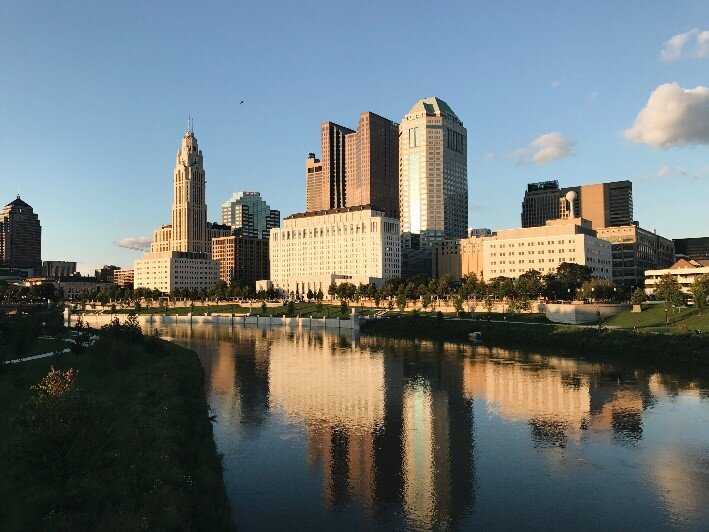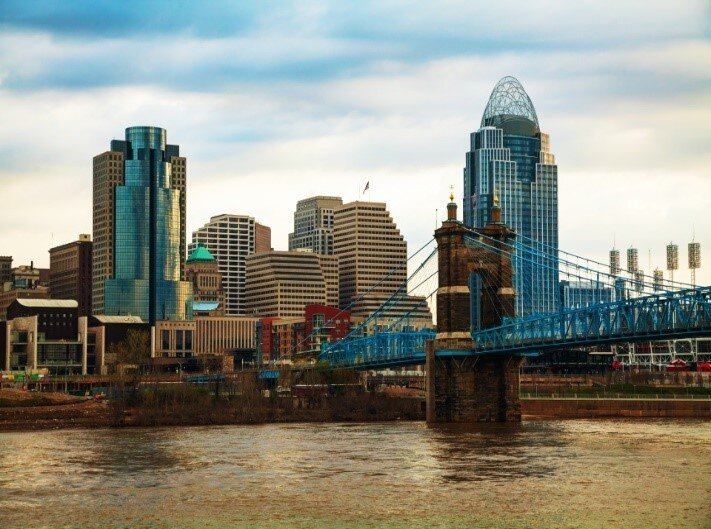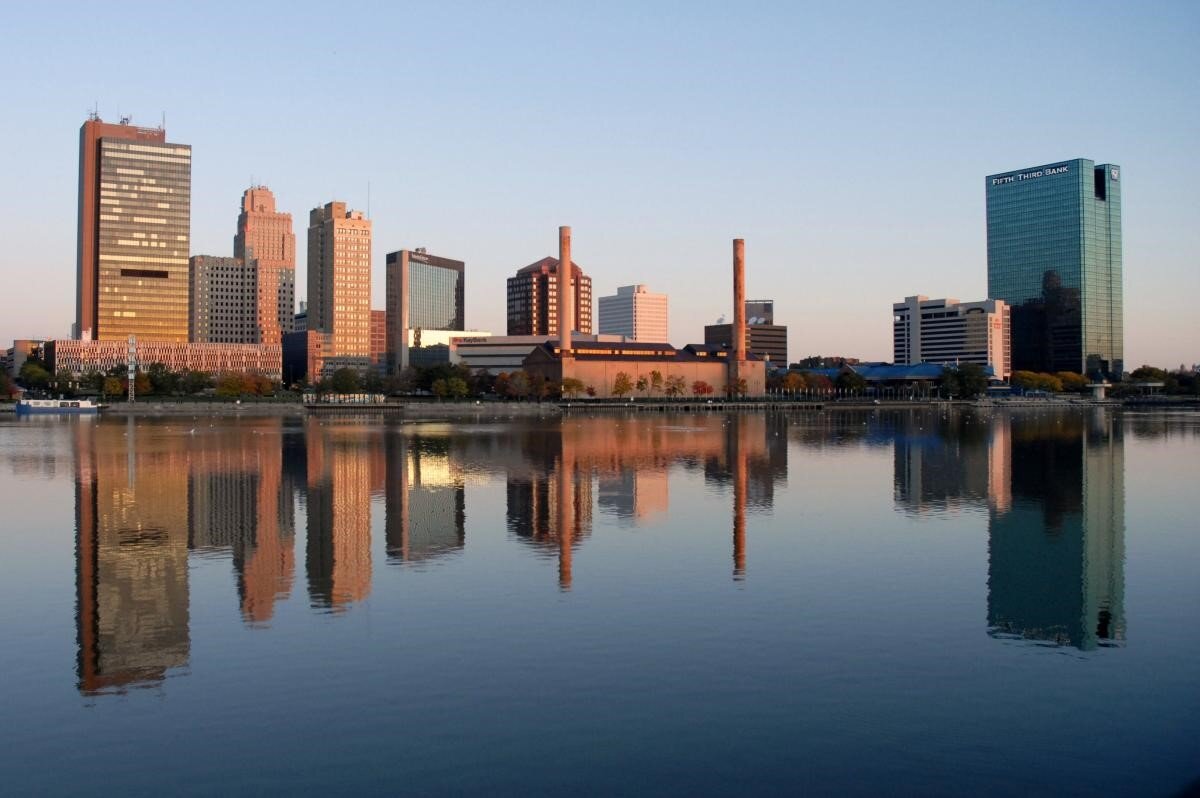Our latest #GOPCThread is up on Twitter today, with a summary of our recent webinar series hosted by the Ohio State Resource Network to help cities across Ohio prepare and move forward despite the challenges created by the COVID-19 pandemic.
Not on Twitter, the thread is available online , as well as below.
Greater Ohio Policy Center Read on Twitter
Today’s #GOPCThread features highlights from the Ohio State Resource Network’s COVID-19 Response & Recovery Webinar series:. Check out what experts think can help move Ohio’s communities forward.
One of Ohio’s biggest challenges: income tax dependence. In March of this year, @BrookingsInst ranked larger cities vulnerability to an immediate negative financial impact due to COVID. #GOPCThread
The rankings account for a government’s reliance on elastic revenues and the share of their economy that comes from industries vulnerable to job loss. #Ohio has four of the five most vulnerable cities in the country. #GOPCThread
Finance experts, PFM, say our local governments are very dependent on elastic revenues that are sensitive to economic swings (ex: income tax). They can grow naturally (without tax rate changes) when the economy is strong, but the opposite is true in a recession. #GOPCThread
Community reserve guidelines are 2 months of recurring revenues or expenditures. Some go farther & create a rainy day fund. PFM says those communities are better positioned because those funds will create some buffer against taking more painful actions, in the short term.
PFM says communities without a reserve have an opportunity to start one. “Starting with your 2021 budget, we encourage you to rethink this practice of using your full carryover to balance the budget. It’s similar to using your savings to pay for your groceries.” #GOPCThread
When “I don’t know” isn’t good enough regarding the virus’s impact, communities can visit our website to learn more about PFM’s strategies for managing the financial crisis in the short term & into the 2021 budget season. #GOPCThread
In addition to budgeting in a crisis, the Ohio State Resource Network ( #OSRN) shared strategies for Planning for Recovery. More than ever, it is important to have a community vision for the future that is grounded in a realistic assessment of the present.
In the Planning for Recovery 101 webinar, @HamiltonOh City Manager Joshua Smith; @ClvHtsGov City Manager, Tanisha Briley; & @_SanduskyOhio City Manager, Eric Wobser, share how their communities plan to recover from the impacts of COVID-19: #GOPCThread
With a shared, multi-sector vision and a strong implementation plan, a community is poised for success. While all goals will not be attainable right away, there are some strategies a city can start early and still be transformational: #GOPCThread
The webinar series also reviewed Effective Use of State & Federal Funding: GOPC Executive Director, @AlisonGoebelOH, & Policy Analyst, Alec Williams from @EnterpriseNow, discuss funding updates & how to put your best foot forward for receiving those $$.
Many long-standing grant & loan programs are still operating & can assist recovery, like ones from the Ohio Water Development Authority, Ohio Public Works, Historic Preservation Tax Credit, Safe Routes to School, the Vibrant Community Program from @JobsOhio, & @ARCgov programs.
When strategizing to attract resources, funders like to see communities have a plan. An example from @HamiltonOh is Plan Hamilton (2019). This comprehensive plan will guide Hamilton’s development for the next 15 years. #GOPCThread
For places without a plan, establish 1-2 priorities that are important to the community & already primed to succeed. Learning from the Housing Crisis, any new, expanded, or replacement funding should address immediate needs & lay the foundation for future investments & momentum.
To learn more about responding to and recoverying from the impacts of the pandemic, visit our website to review the entire webinar series: #GOPCThread















